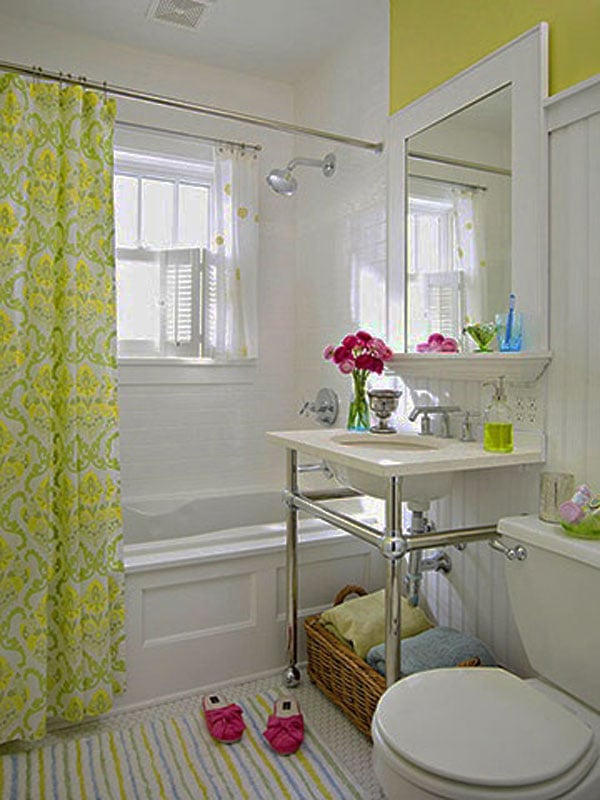Natural light is important to good health and overall well-being, benefiting vision, Vitamin D storage and mental health. With awareness of this growing amongst homeowners, and with more people looking for ways they can reduce their energy consumption, it’s perhaps of little surprise that the inclusion of natural light has become a key trend in home design and building. Ways for a home to incorporate natural light can be found at each stage of the home building process, from orientation to interior design.

Orientation Of The Building
Modern homes are increasingly being designed with natural lighting in mind, with rooms that are likely to be used most frequently positioned to receive the most sunlight. South-facing rooms get the most sunlight during winter but less direct sun in the summer months, while north-facing rooms receive a steady supply of natural light with little excess heat in the summer. East-facing rooms get the most sun in the morning, so many homes are now designed with a dining room on an east wall in order for homeowners to get the most light at breakfast. West-facing rooms get the most natural light in the early evening when the sun is low, which can be a problem for living areas where residents are likely to be watching TV.
Open plan arrangements have also become increasingly popular. This is partly due to the move away from the trend of keeping separate rooms for different purposes, but it’s also because of the desire for natural light and a spacious, airy feeling. New homes are increasingly being built this way, and home modifications often involve a move towards a more open-plan arrangement.
Daylighting Techniques In Remodeling
When homeowners look to remodeling, an increasing number are asking their home renovation contractor to remove walls to create a more open living space or raise a roof line to create more space and allow natural light in. Windows and Skylight lighting For Sale are often added to increase the amount of natural light in the home, while glazing is used to manage the light flow. Developments in glazing technology mean that perovskite-tinted windows can be incorporated to collect solar energy, darkening in heavy sunlight to manage glare.
Older homes that have not been built with the view to maximize natural light can be adjusted by increasing the amount of windows and skylights included, and redesigning interiors towards a more open-plan ethos. Extensions, meanwhile, are increasingly being built with large skylights to allow light to filter in from above, and glass doors and large windows allow sunlight to reach all areas of the home.
Interior Design To Boost Natural Light
Natural light is also being maximized through interior design techniques. Shade from direct sunlight is moving towards natural, airy designs that allow the benefit of natural light without the glare. Homeowners are adding porches and trellises to manage direct sunlight from the outside, and incorporating translucent screens and shades in pale, neutral colors to provide relief from direct sun on the inside. These paler colors are also used on walls to make rooms seem brighter and more spacious, making the most of the natural light available. For those looking to sell, making interior design choices that maximize the natural light makes their home more appealing to prospective buyers.
Light, airy living spaces are a top consideration for the modern home buyer, and incorporating natural light is key at each stage of a home’s development. More attention is being paid to the orientation of new homes, and homeowners are looking to towards remodelling and redecorating to boost the natural light available in the home. For realtors and homeowners alike, natural light is an important factor to consider when a house goes on the market.